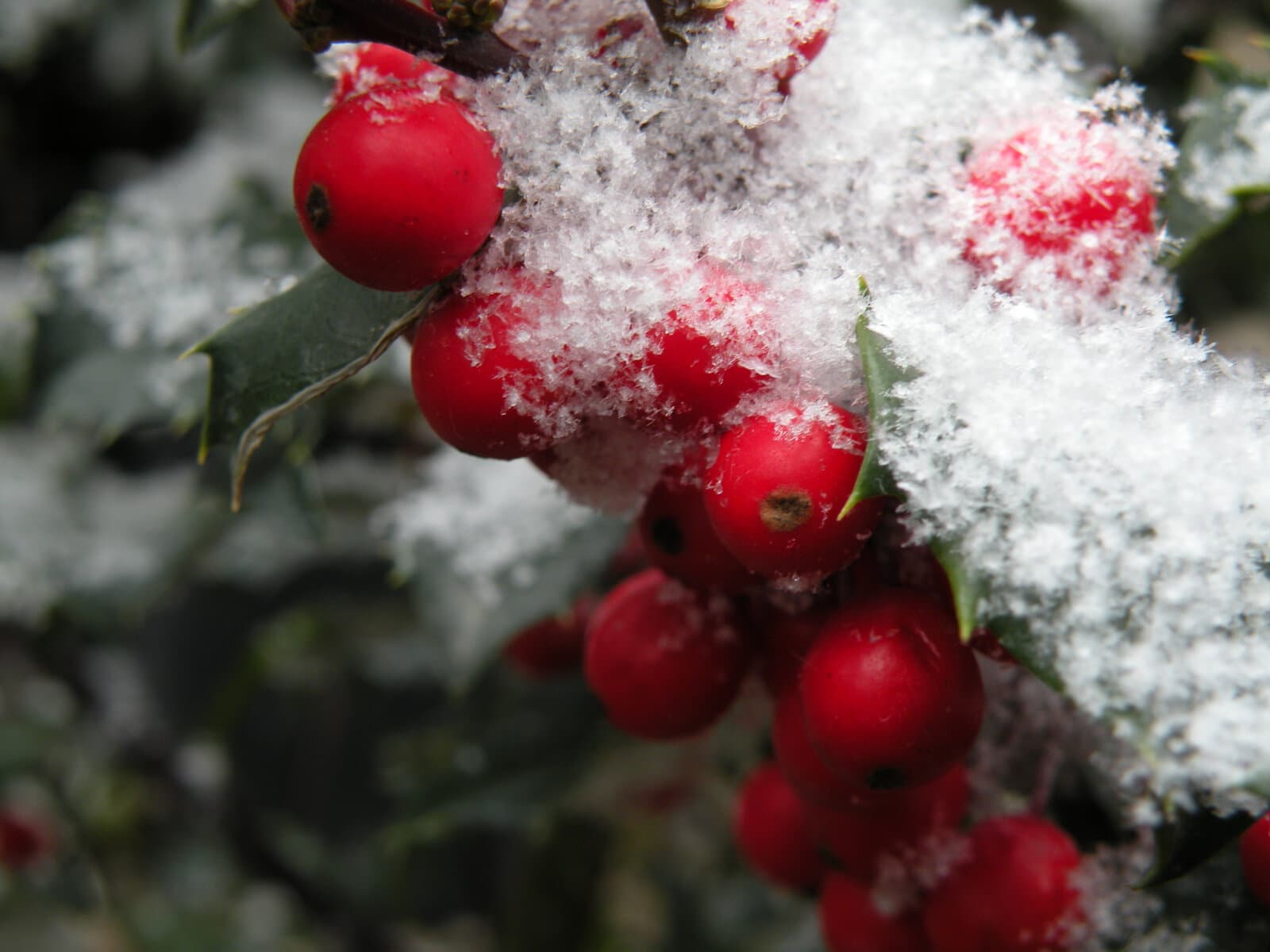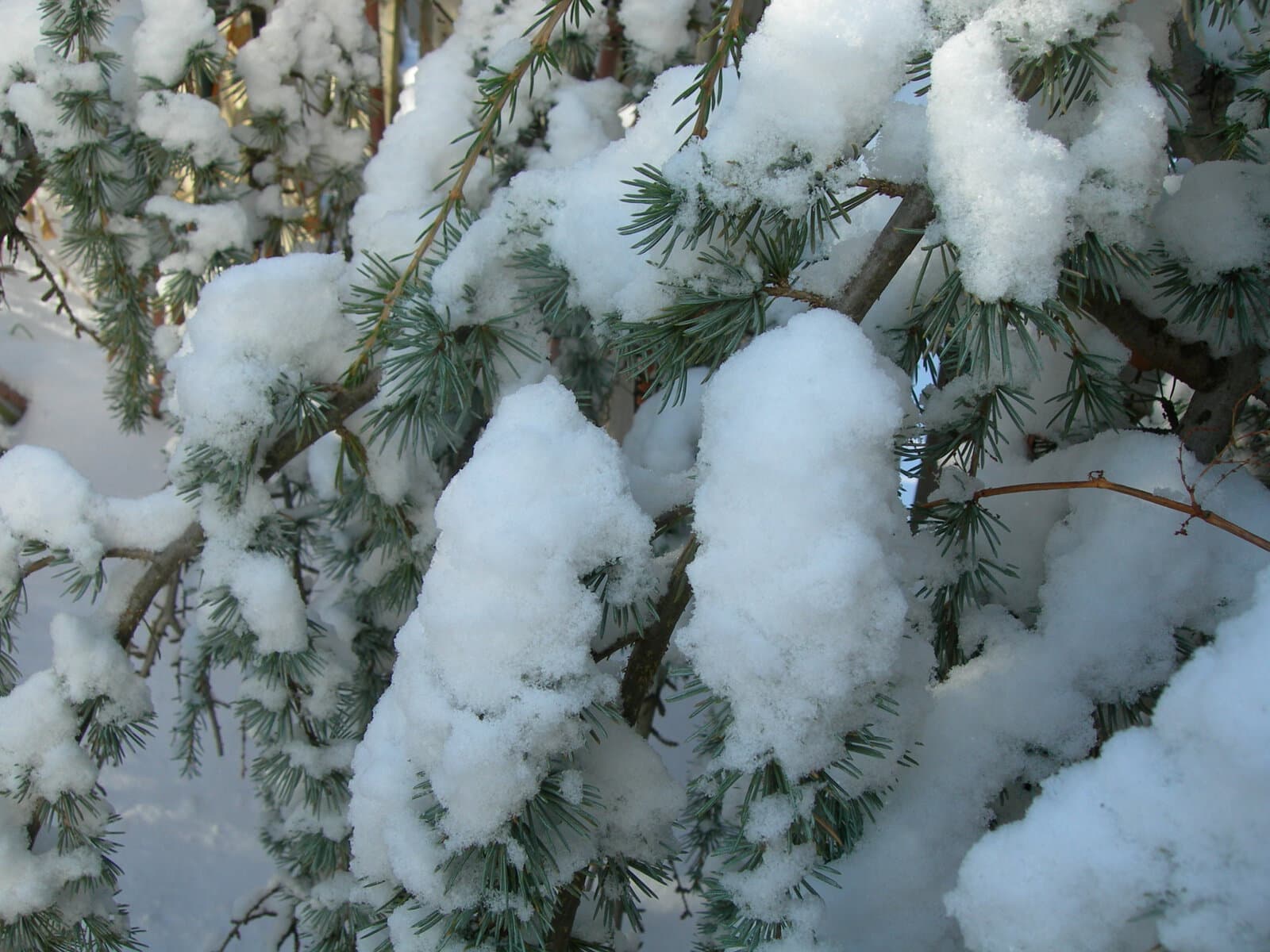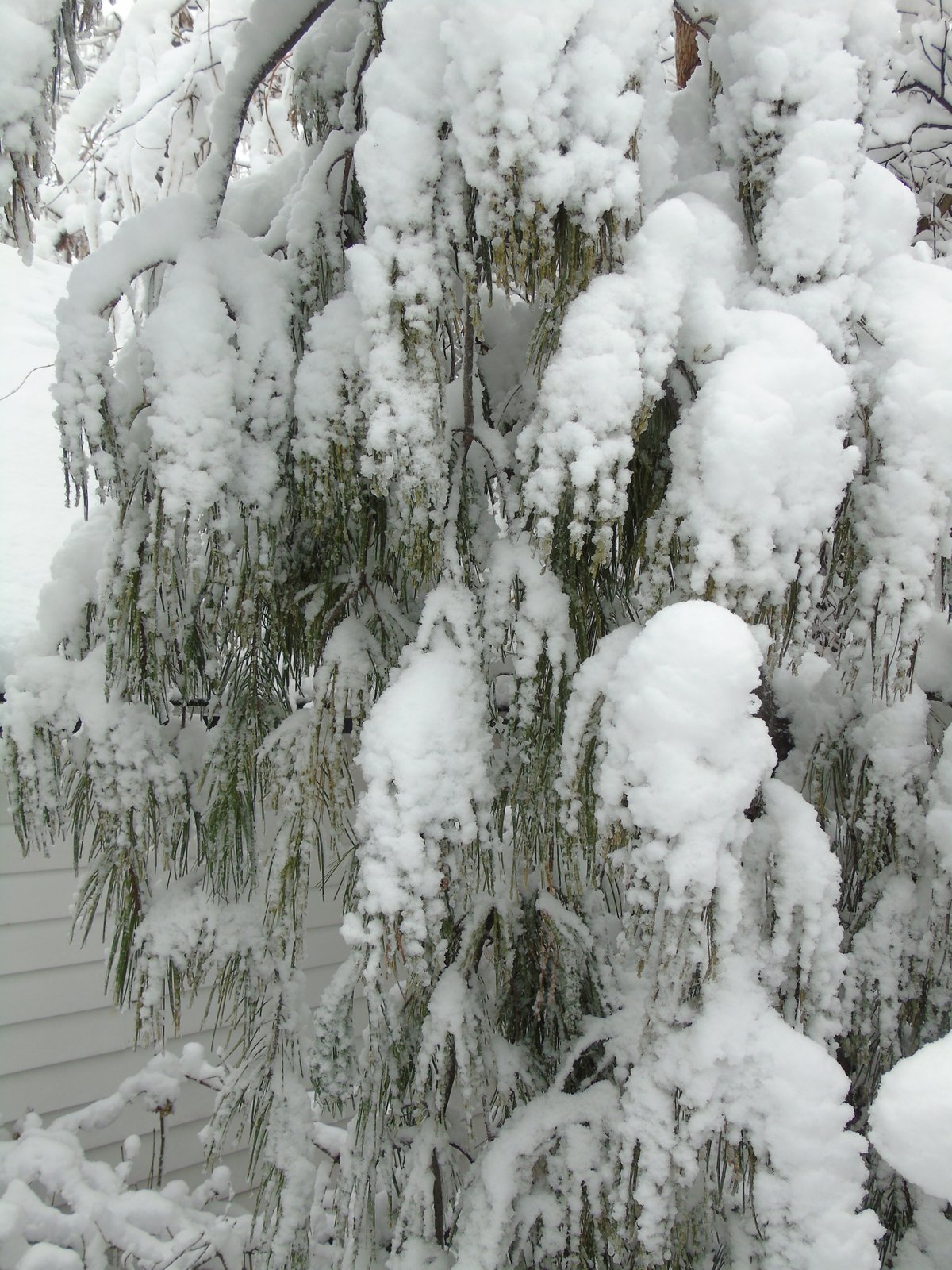There are many gardening chores to be done before winter sets in, and hopefully you have been checking some of those jobs off your list over the last few weeks.
In my neighbourhood, I think that the last of the leaves are finally down off the trees.
I live on a court and, apparently, on the wrong side of the street, because the leaves (and snow and recycling too) blow around the circle and straight up my driveway.
Because of that, there is no sense in starting to rake up the leaves until they are all down – I guess that I am going to have to tackle them this week.
I am not in a hurry for winter to arrive, but I am sure that one day soon this beautiful, warm weather will be ending and winter will be upon us.
Here are some helpful tips to help your evergreens make it successfully through the winter:
Make sure that you are not pruning your evergreens at this time of year: you should have stopped any pruning by the beginning of September.
Pruning invigorates new growth and if the new growth has not had enough time to harden off before the cold weather hits, it will be more susceptible to damage during the winter months.
One of things that can affect your evergreens throughout the cold months is winter desiccation.
This is where the foliage is losing more moisture than the roots can replace which can be the case if planted in an area where there is constant high winds.
The best thing that you can do for all your evergreens is to make sure that you give them a slow, deep watering just prior to the ground freezing up for the winter.
This is especially true for your broadleaf evergreens such as rhododendrons, hollies and boxwoods.
If the soil around the roots is moist going into the winter, then if we have an early February thaw, the moisture is right there available to the roots.
Do you know that the rhododendron plant has a built-in system to help protect itself against cold windy days?
The pores, out from which they can lose moisture, are located on the underside of the leaves.
So, to protect themselves on cold windy days they roll their leaves under to reduce the moisture lost. The tighter their leaves are rolled, the colder the day is.
People often ask if they must wrap their evergreens with burlap for the winter. The quick answer is no.
If you have planted the evergreens where they are in the proper conditions, there is no need for wrapping it up with burlap.
Why plant an evergreen to enjoy the foliage colour in the winter and then cover it with burlap?
The only time they would need protection is if they are getting constant strong winds, such as at a lake, or if they are located close to a road where they are getting salt spray.
If this is the case, instead of wrapping the entire shrub, consider putting up a barrier just on the side that is receiving the heavy winds or salt.
The best way to create a barrier is to put in a couple of stakes and attach either a couple of layers of burlap between them or a piece of plywood.
If you rap burlap just around the plant itself, snow will get caught in the burlap and can crush foliage or damage branches.
It is always best to wrap the burlap around stakes and not the plant itself. If you have some plants that are marginally hardy (Zone 7), they may benefit from the protection of burlap and mulching over the roots with shredded leaves.
Another possible winter hazard for pyramidal evergreens, such as emerald cedars and pyramid junipers, is that they can be damaged by heavy, wet snow causing the multi-leaders to split apart.
To prevent this from occurring, some people will tie rope around the entire perimeter of the shrub which does detract from its appearance.
Instead, simply tie together some of the main stems from the inside of the shrub with a stretch tie or with something that will not cut into the wood (e.g. wire through an old piece of hose).
By following the above tips, your evergreens will be better prepared to face another winter.
Joanne Young is a Niagara-on-the-Lake garden expert and coach. See her website at joanneyoung.ca













